Contents:
Unfortunately, early on in my career, I also had several disasters which led to a huge amount of learning time being lost. The main causes/culprits included: ordering the wrong equipment, not being fluent in the steps, a lack of subject knowledge, and a lack of understanding of the intrinsic cognitive load of the practical.
With this in mind, I present to you a number of tips to ensure that you, and your pupils, have a successful practical experience during your science teaching!
1. Purpose of practical work
Have a singular focus/learning outcome for your practical work. Not every experiment needs to have a full write up, detailed table and a data crunching analysis. Look at the stage of development for your class and use the practical as a vehicle for progressing their learning.
For example, when introducing microscopes to your Y7 pupils, start with ready-made slides so they can focus on learning to operate the microscope. The following lesson you can get them to make a slide and then later in the topic complete calculations on magnification. All of this helps reduce the intrinsic cognitive load of the practical.
2. They are not discovering (that has already happened!)
My belief is that the pupils should “do” practical work to help to embed their knowledge. The risk you run when you approach experiments with “let’s see what happens when we…” is that some pupils will make a mistake and “discover” a wrong answer. “Ah, acids go blue in universal indicator sir!” You then must unpick the misconception before moving on. So, teach them that strong acids go red before they touch any practical equipment. Contrary to some beliefs, this will not reduce the “wow” moment for the pupils carrying out the experiment.
3. Practice
This is tricky given how little time teachers get to prepare for lessons. Start off slow. It’s better to do three great practicals in one week rather than 12 that are poorly executed! Get together with other staff and do trial runs, especially for those experiments with longer methods like making salts or fiddly steps such as titration.
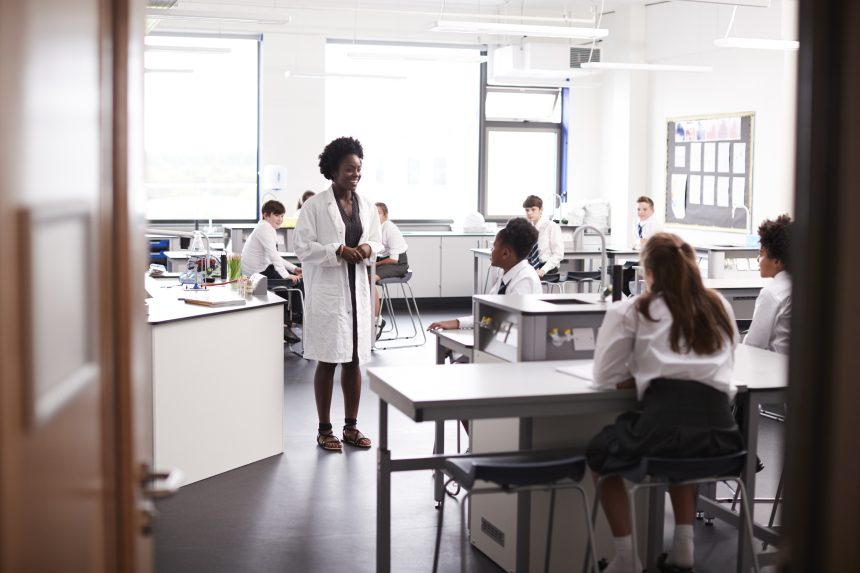
4. Don’t do it!
Animations and videos are a great substitute whilst you get up to speed on your routines and subject knowledge. PhET (free) and Focus Educational (small subscription) are a great place to start!
5. Get organised!
A relatively straightforward tip that doesn’t just apply to practical work. Have routines for collecting equipment and specific places in your lab for the children to fetch them from. Safety glasses should be in an easy to access place. All of this should be thought through ready for tip 6.
6. The slow practical
Adam Boxer has written a superb blog outlining the rationale behind the slow practical.
In a nutshell, you control the pace of the practical by taking the pupils through it one step at a time in a very much “I do, you do” style. Using this approach also helps to reduce the risk and frequency of accidents during practical work as the pupils focus on only one aspect at a time before receiving further instruction.
In my school, my department will use this approach with all pupils during the first few weeks of the term to help manage the cognitive load on the pupils during each step of the practical.
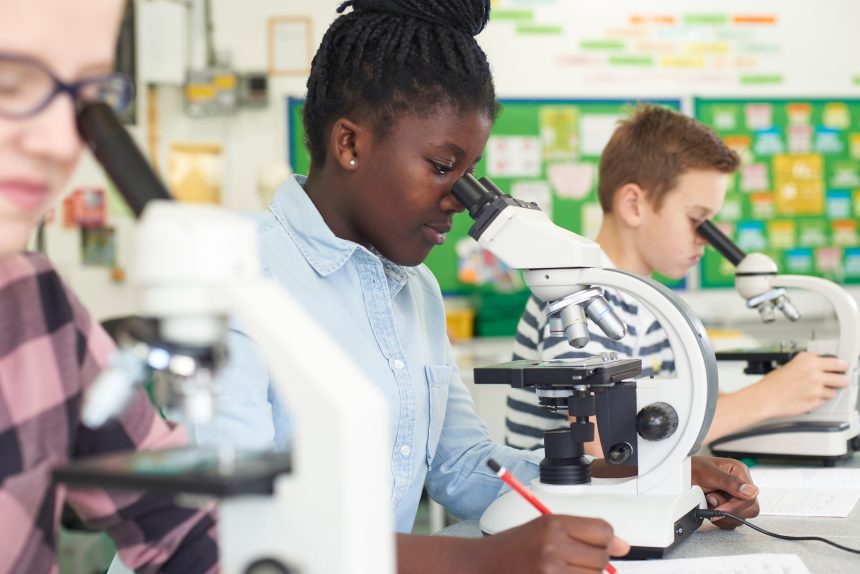
7. Have a departmental approach
Having a departmental approach to planning practical work is critical to ensuring quality and supporting staff well-being. Further reading on how I have implemented this in my department can be found on my blog. Having a system for organising requisitions is also vital; I cannot speak highly enough of “Lablogger” for this!
8. Mitigate the “split attention” effect
David Paterson has authored and blogged about the use of specially designed instruction sheets for practicals. These “Integrated instructions” are designed to reduce the split attention effect and work by keeping the instruction, step number and diagram together on a page. Animating these on a PowerPoint during a slow practical will work as a wonderful reinforcement of your instructions!
So, there it is! 8 ways you can ensure your practical lessons become more productive and safer. Feel free to give me a shout on Twitter if you have any other top tips!

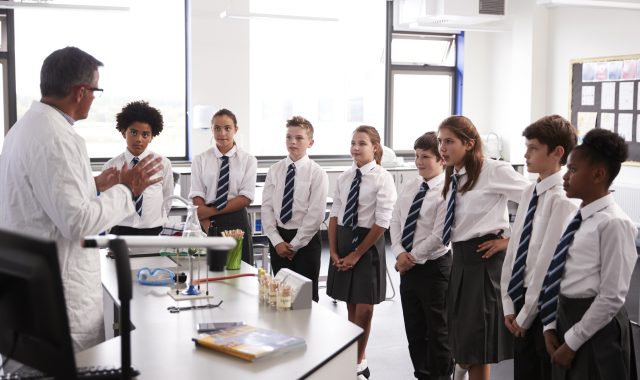


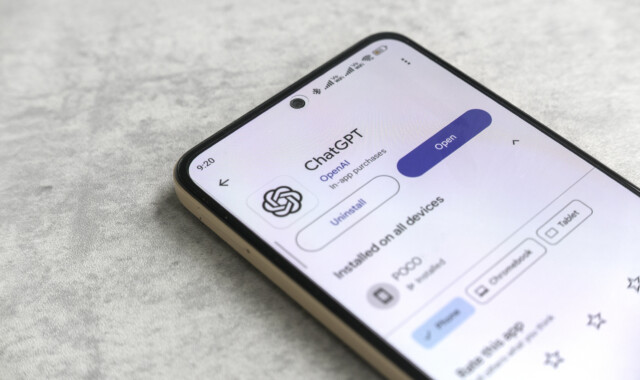
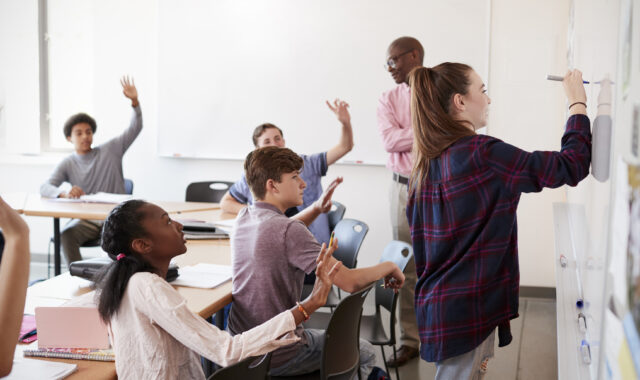
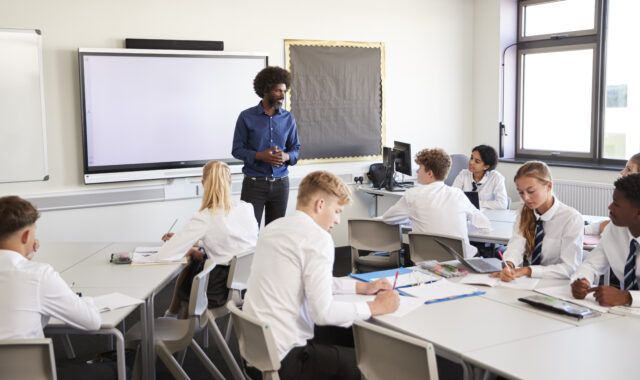
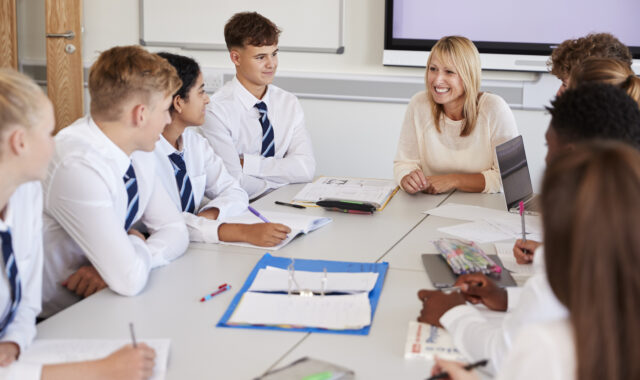

Comments